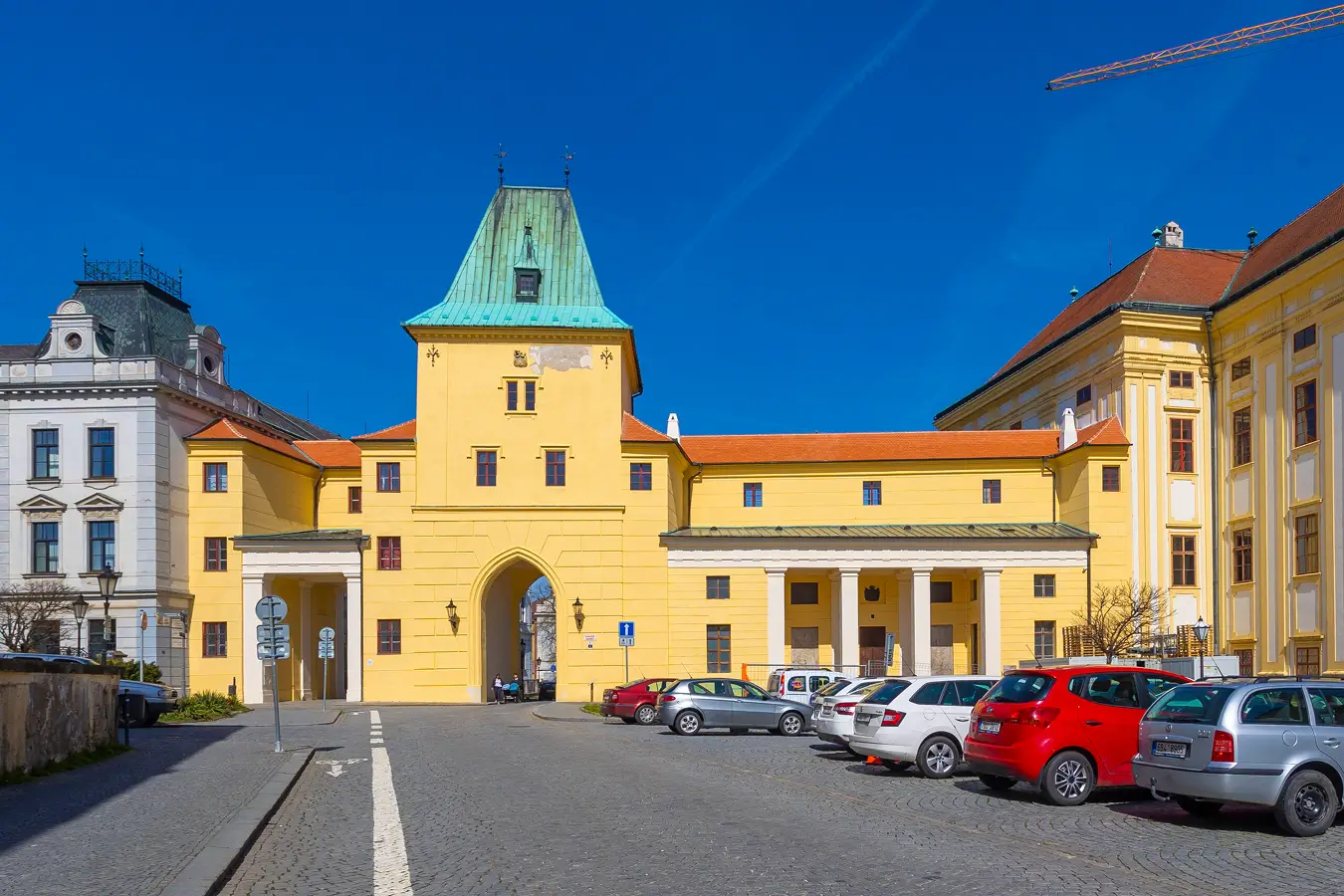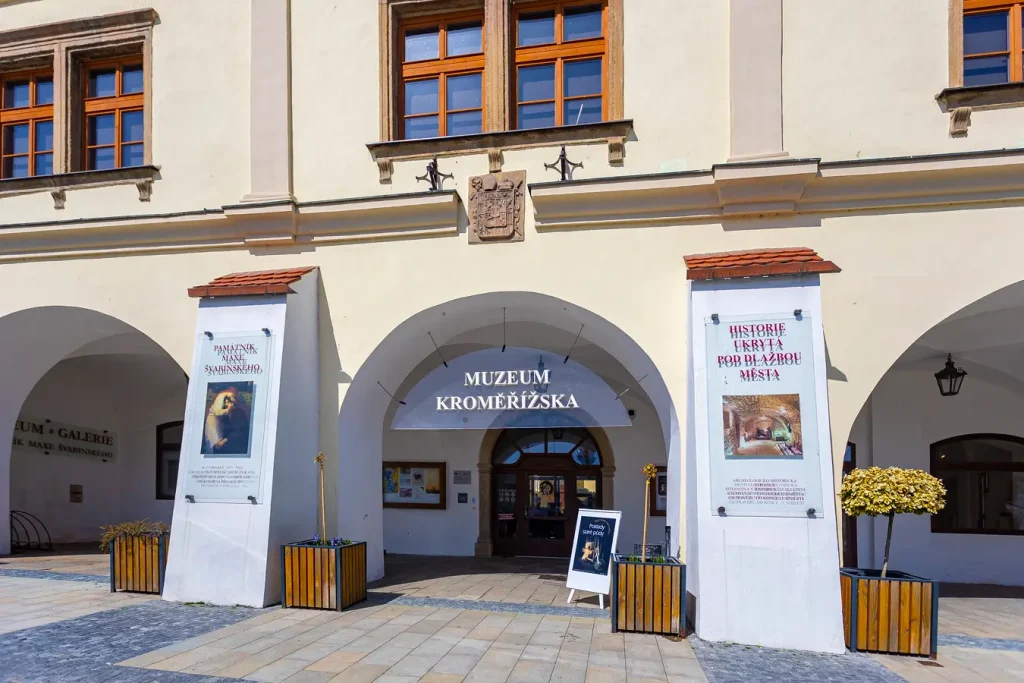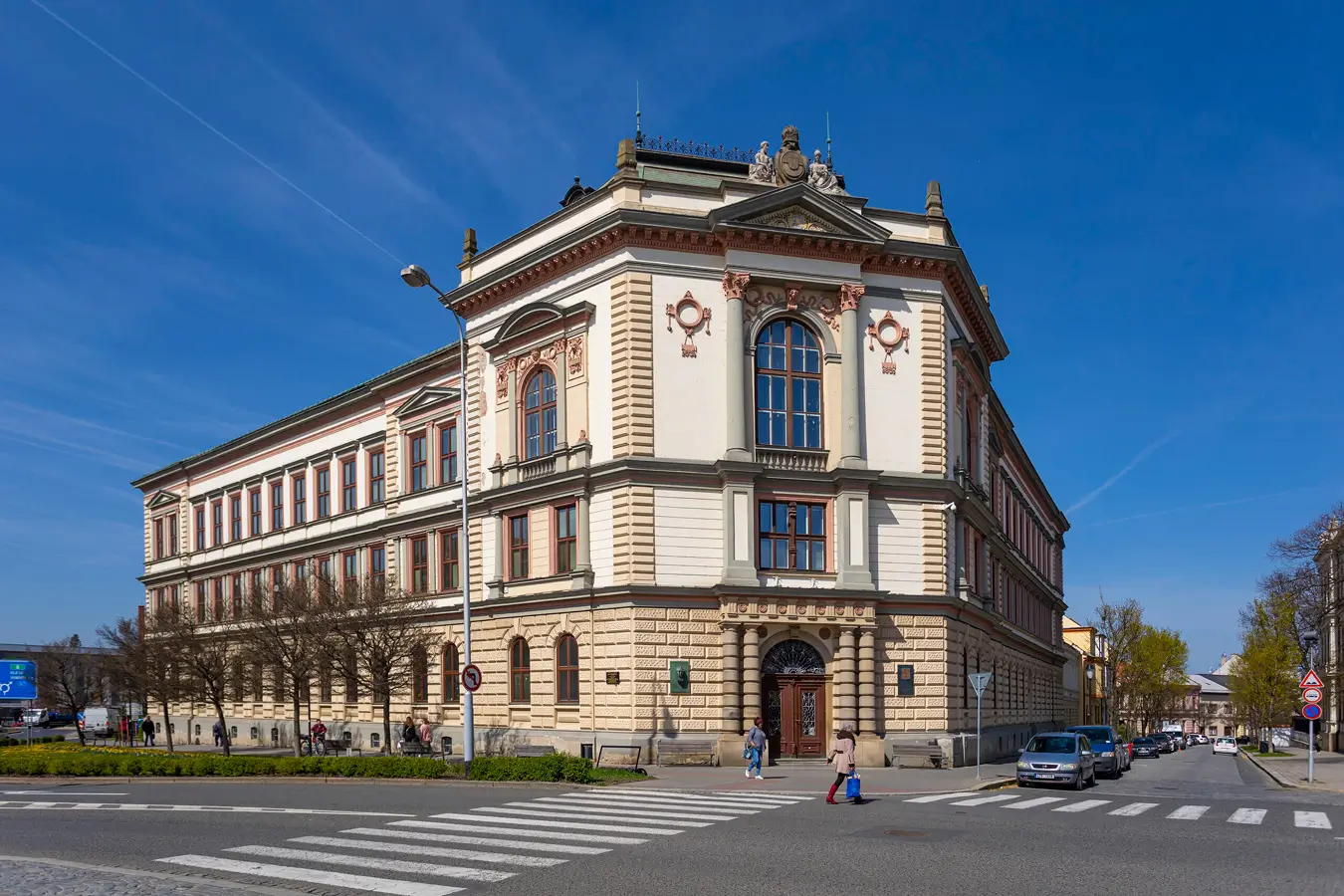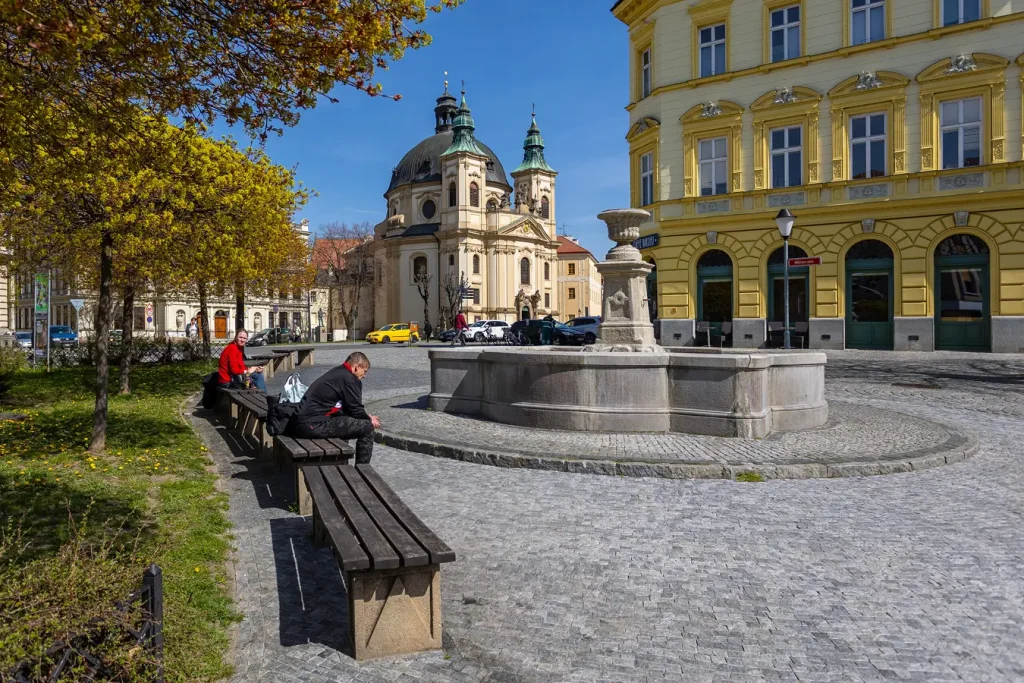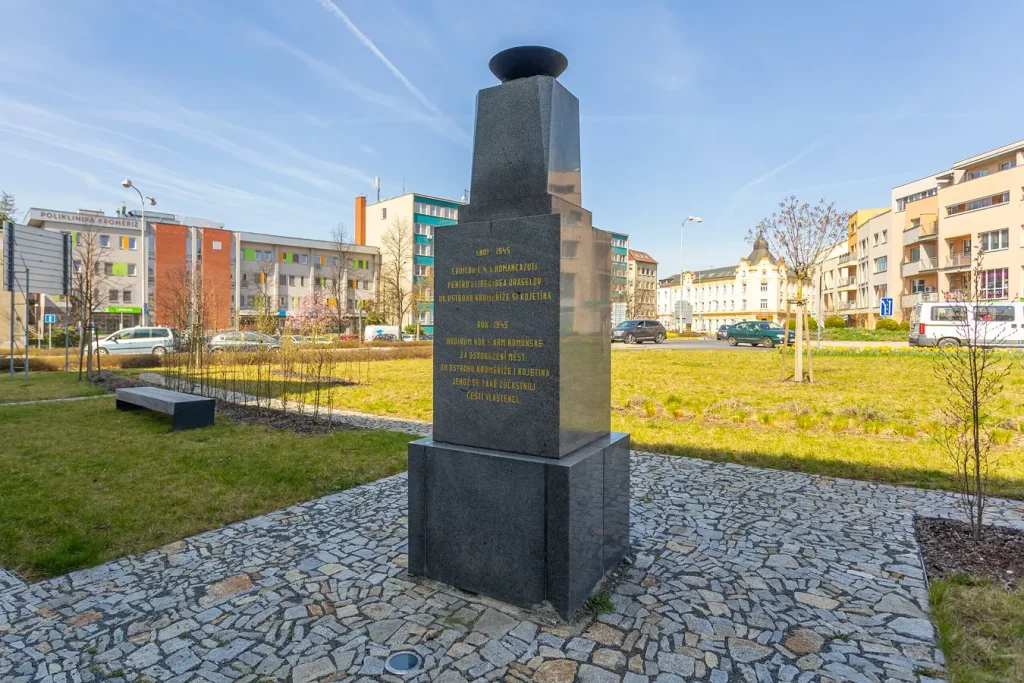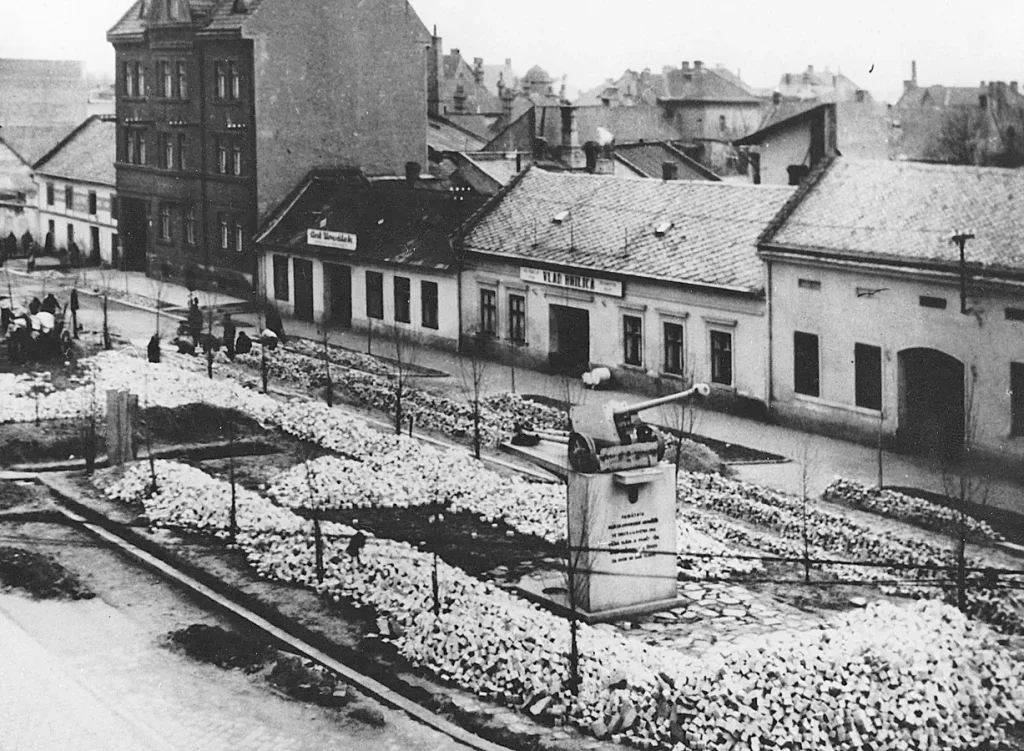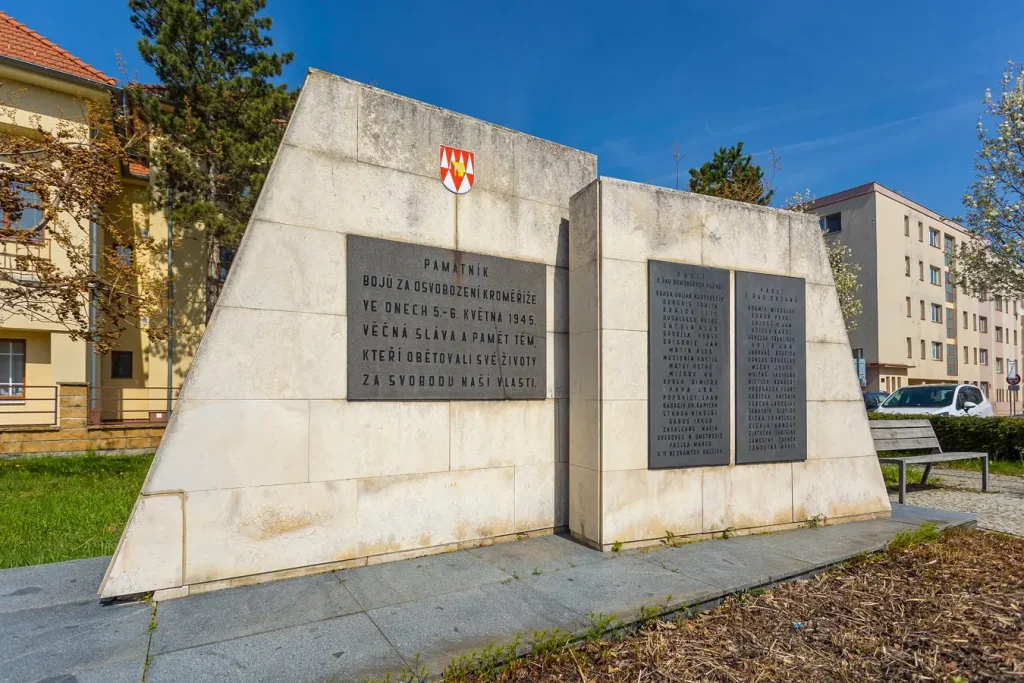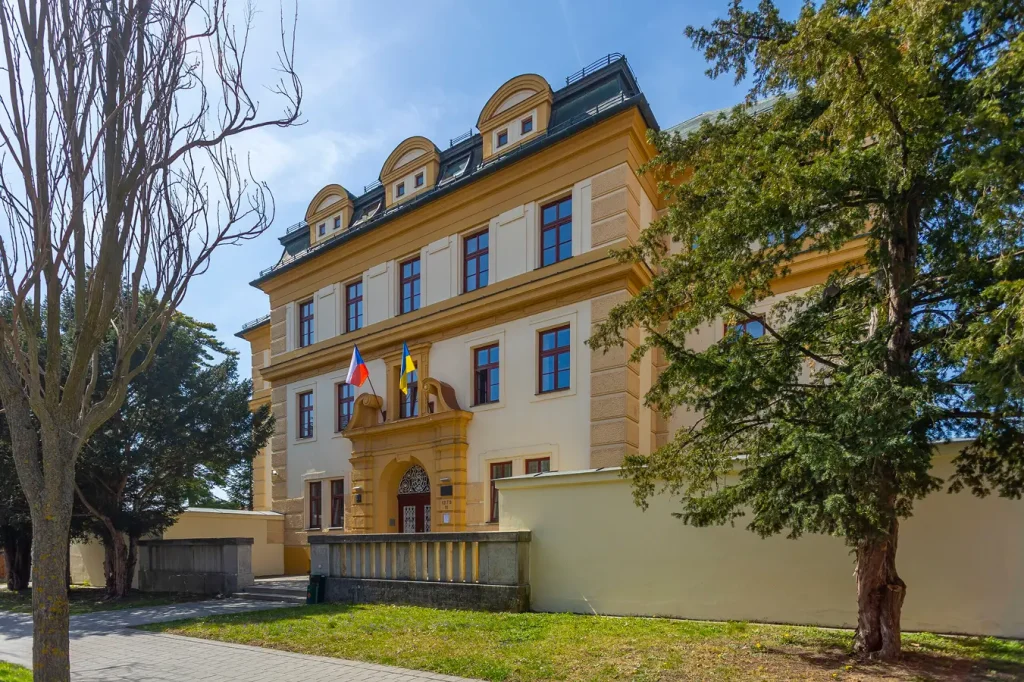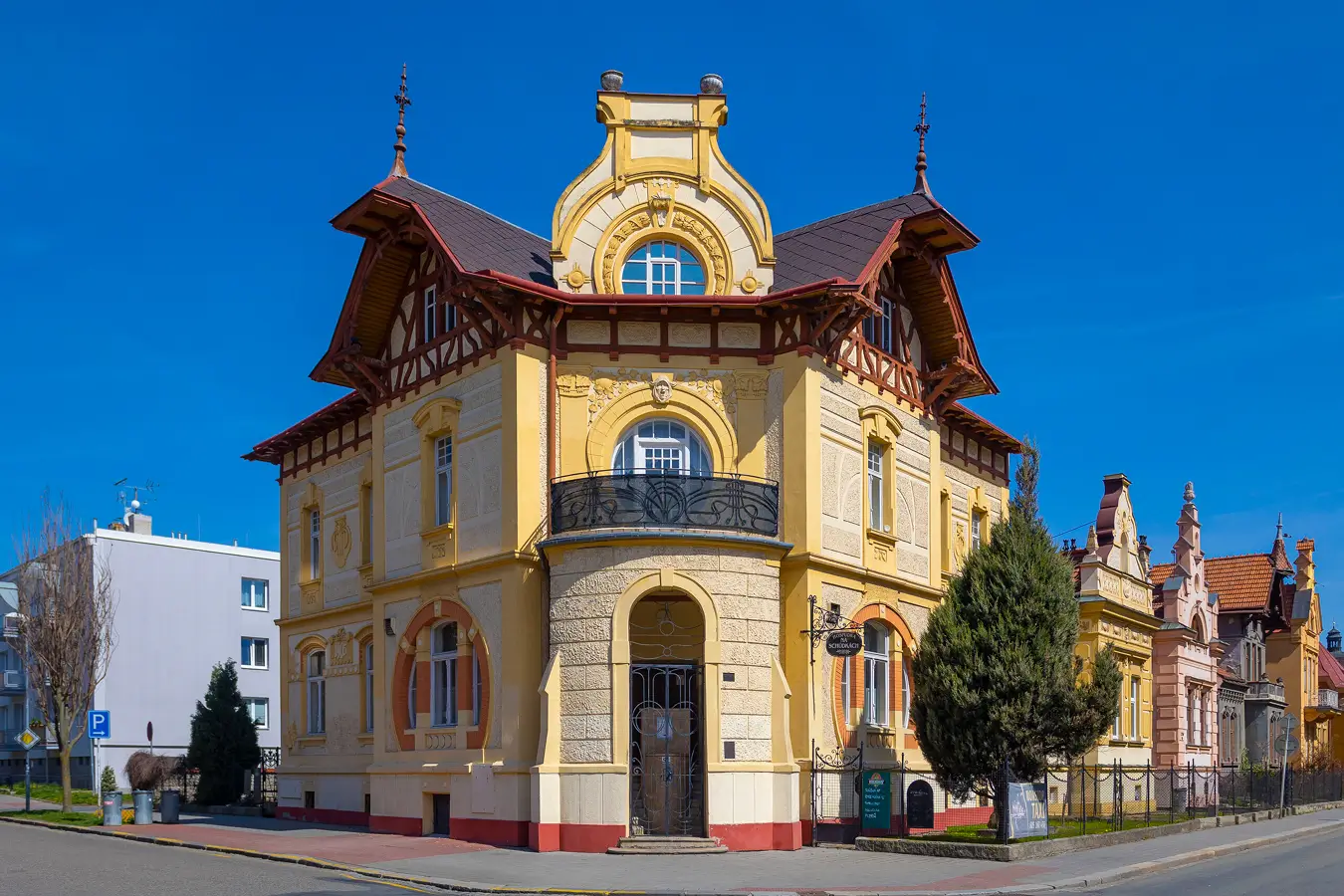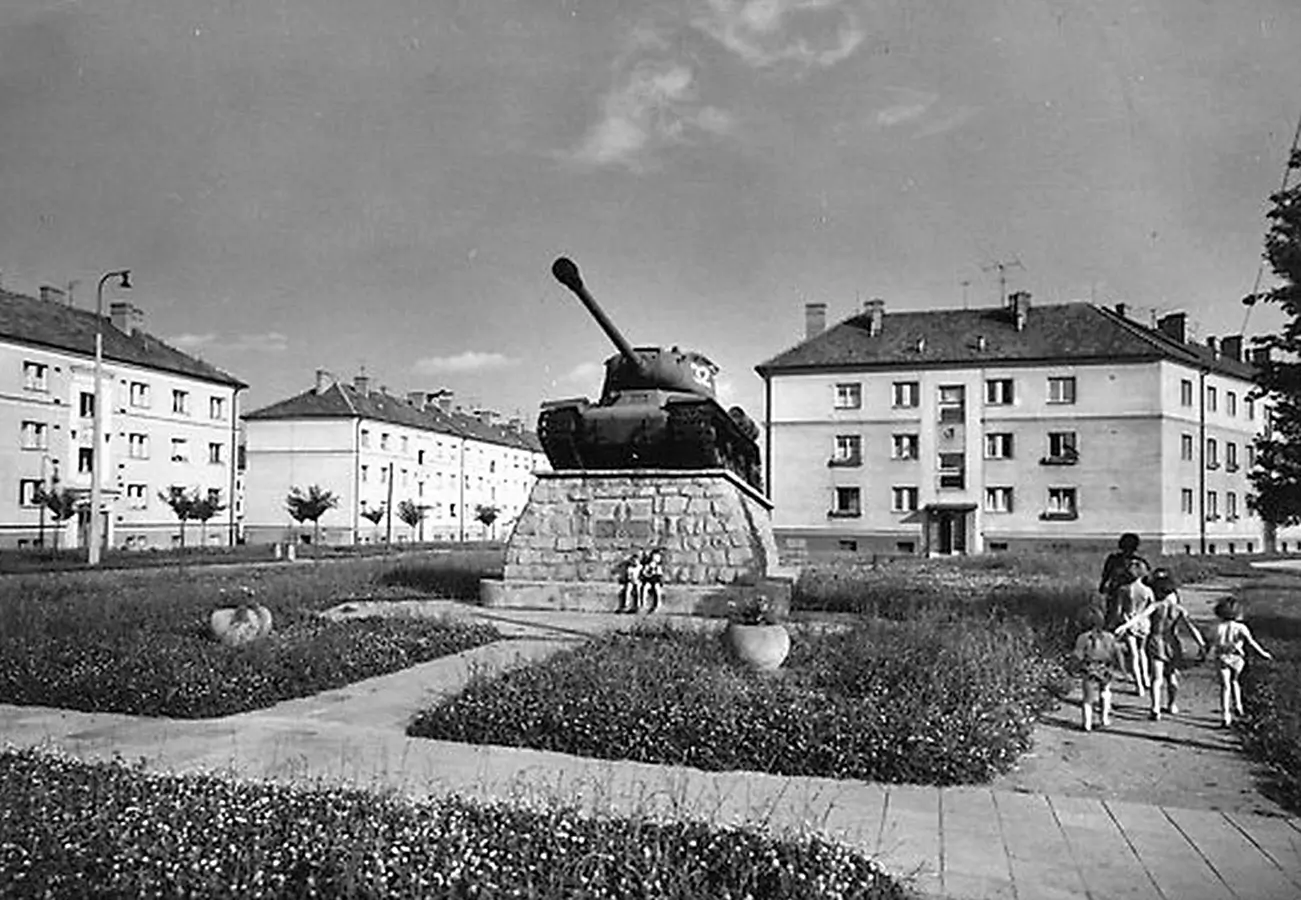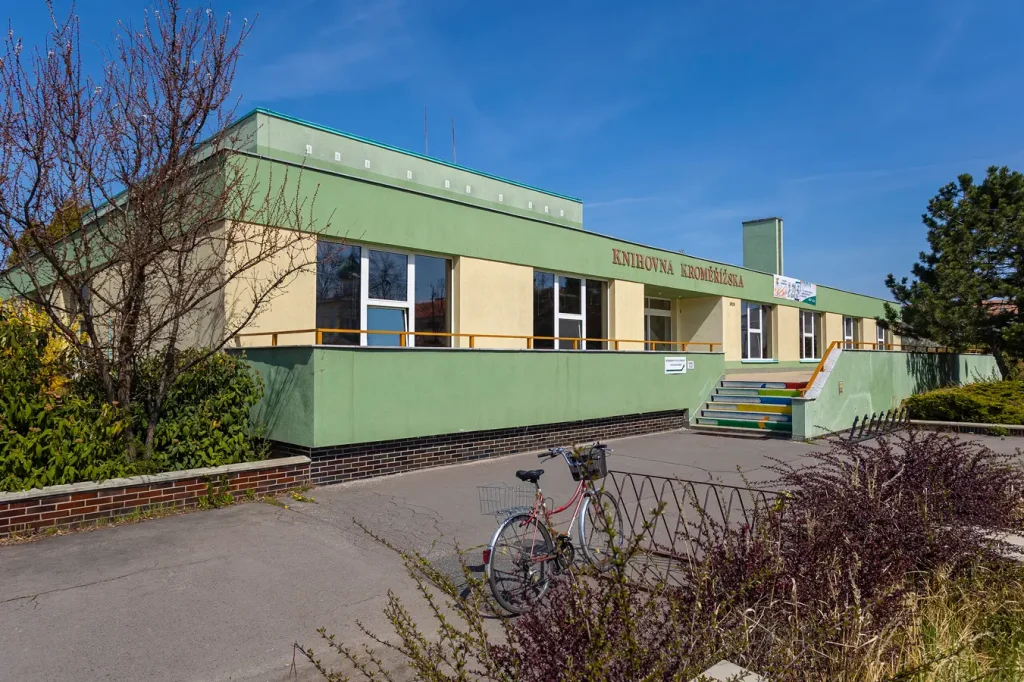Length of the route: 3,3 km
Duration: 50 min
Kroměříž served as an important garrison town from the middle of the 18th to the beginning of the 21st century. In addition, from the end of the 17th century until 1919 the unit of (arch)bishop’s princely guard was formed and until the 1930s there was also the Corps of Uniformed Sharpshooters of Kroměříž. The history of Kroměříž units is commemorated at an event called The Day of Uniformed Corps, which is regularly held on the first Saturday in October at the local airport.

